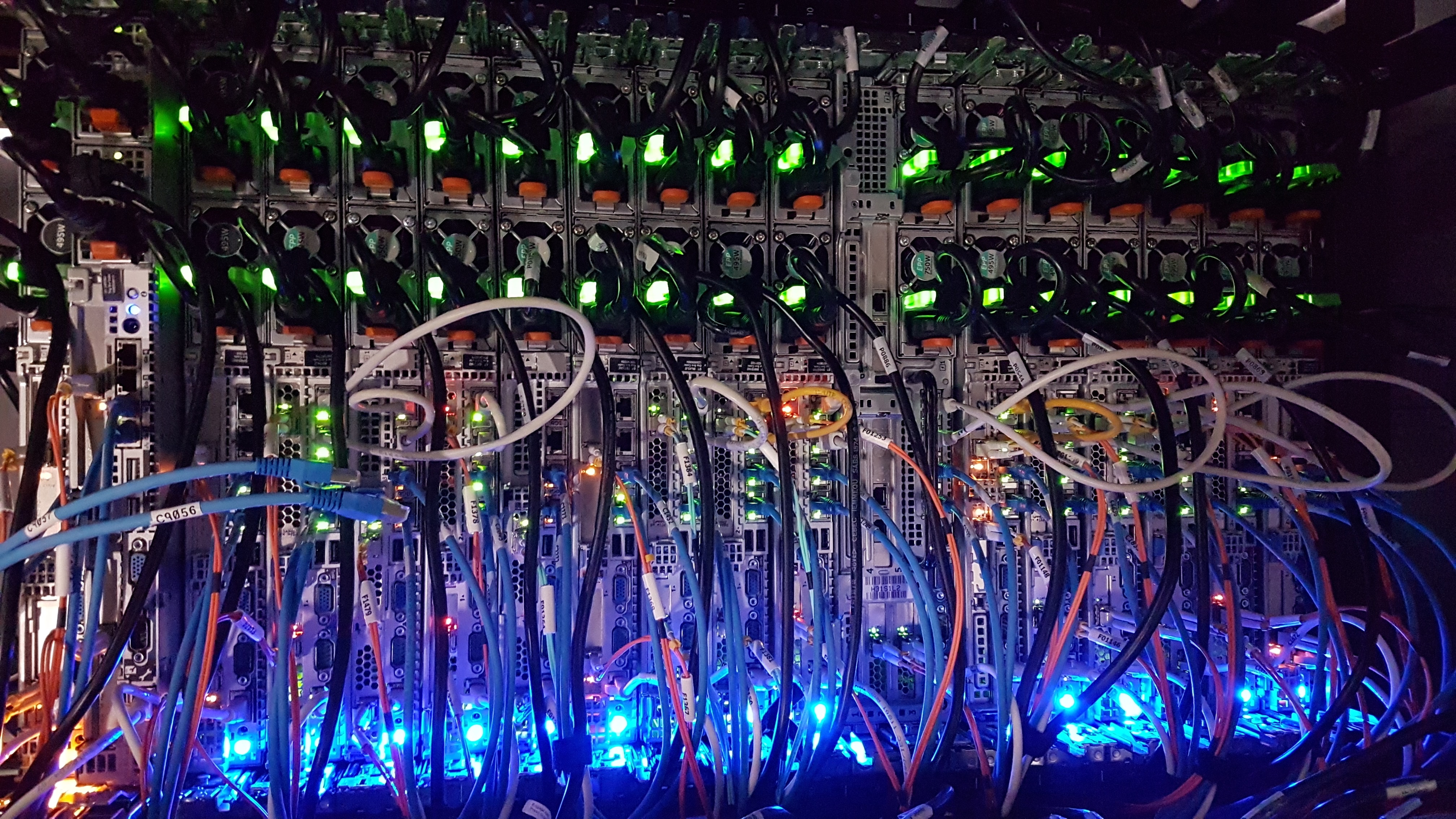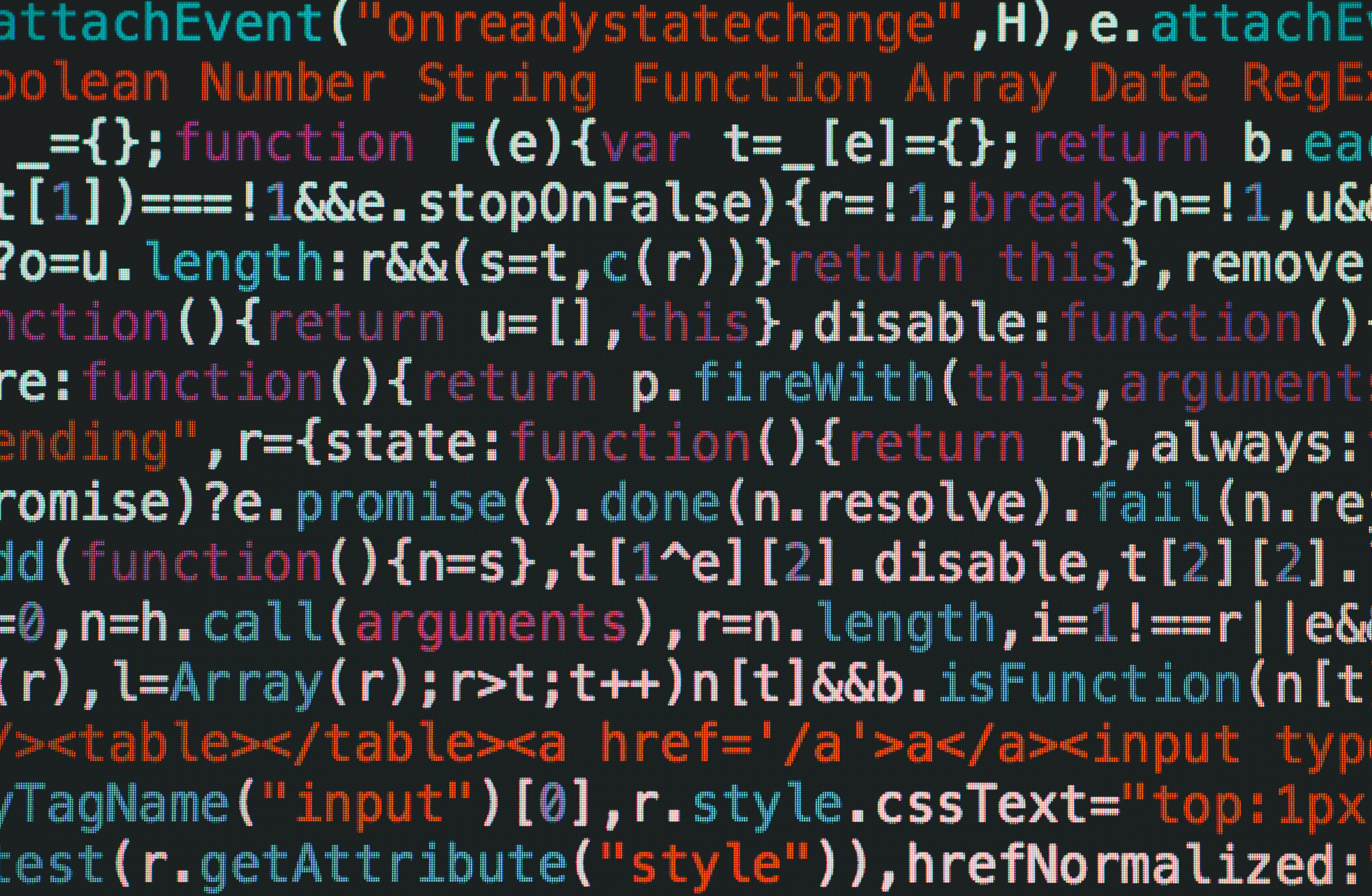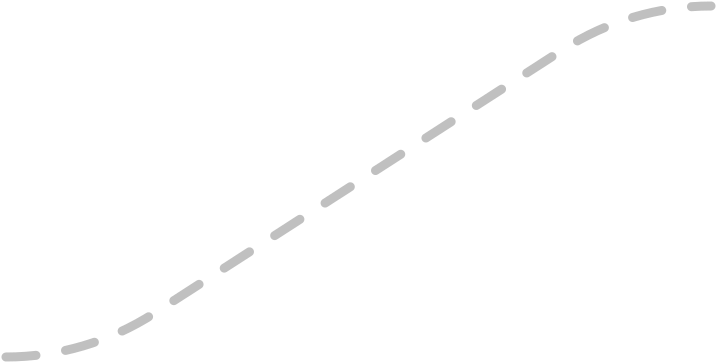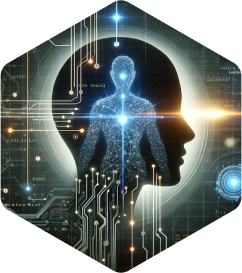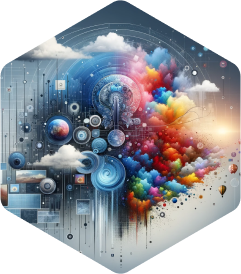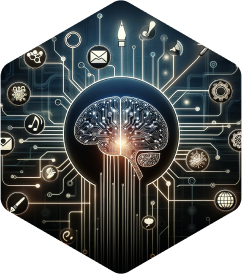Our Mission_
Guiding Your AI Journey_
We help people understand how to use unexplainable models in a responsible manner and how these models can augment, rather than replace human creativity. Innovation Acceleration’s mission is to empower organizations to unlock their creative potential through the integration of advanced AI technologies and structured innovation frameworks. We aim to accelerate the innovation process, enabling companies to generate and activate impactful ideas efficiently and effectively.


